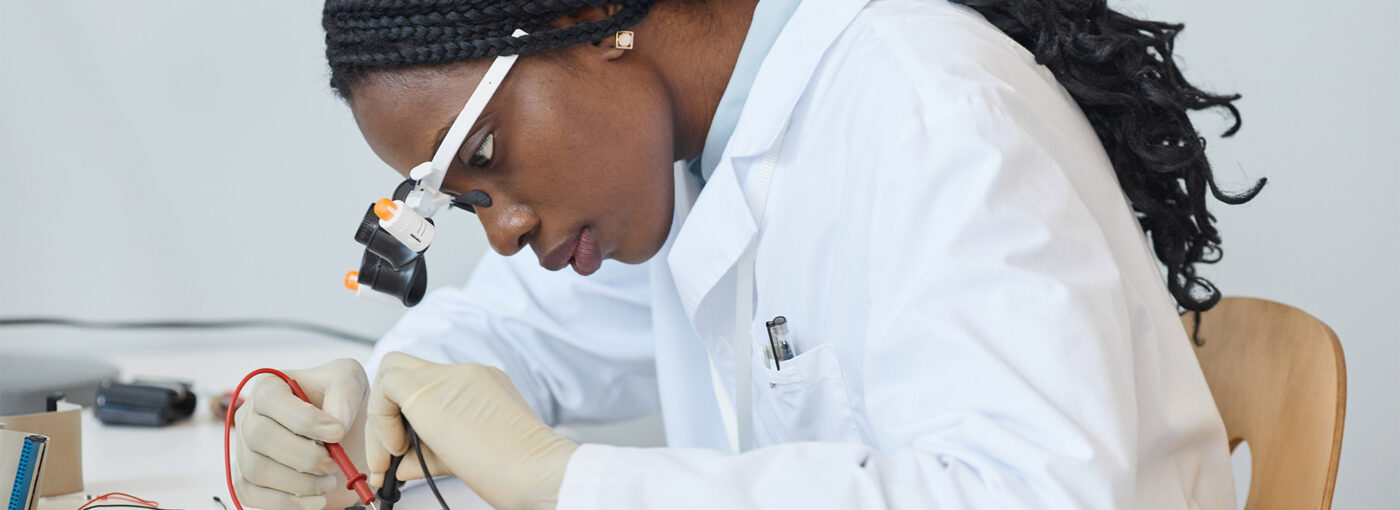Change can be good. In the past 5 years, we’ve seen an encouraging increase in the labor force participation rate for people with disabilities, moving from 20.8% in 2019 to 41.5% in 2023 for people with disabilities between the ages of 16 and 64. (U.S. Dept. of Labor).
We can count on continued change as we look at the future of employment for people with disabilities.
Experts say the increases in labor force participation by people with disabilities in recent years was due largely to the greater flexibility provided by remote and hybrid work opportunities, made possible by advances in communication technology in adapting to the pandemic in 2020.
Occupational Insights Help Prepare VR Professionals for Responding to Future Workforce Needs
As advances in technology continue, not only will the where and how people work continue to change, but occupations themselves will transform.
Being knowledgeable of occupational trends and how they relate to underserved persons with disabilities is vital for vocational rehabilitation professionals. In a world experiencing exponential advances in technology and a rapidly diversifying workforce, this knowledge gives realistic insight into how to support underserved people with disabilities in preparing for, achieving, and maintaining their long-term quality employment goals.
The occupational data below illustrates where people with disabilities are most and least likely to work currently, based on 2022 data. It also highlights the occupations projected to grow most quickly in the next 9 years and gives the average number of employed persons with disabilities working in that occupation.
2022: Where People with Disabilities Work
In 2022, persons with a disability were:
- More likely to work in service occupations than were those with no disability (19.1 percent, compared with 15.9 percent)
- More likely than those with no disability to work in
- production, transportation, and material moving occupations (15.3 percent, compared with 12.6 percent)
- sales and office occupations (20.5 percent, compared with 19.2 percent).
- Less likely to work in management, professional, and related occupations than were those without a disability (36.3 percent, compared with 43.3 percent). (See table 3.)
Source: Persons with a Disability: Labor Force Characteristics - 2022 (bls.gov)
2022 – 2032: Occupational Growth Projections
The U.S. Dept. of Labor projects that almost 4.7 million jobs will be added to the economy between 2022 to 2032. This fast growth will be driven by a strong demand for a variety of services provided by STEM occupations, which include computer and mathematical, architecture and engineering, and life and physical science occupations, as well as managers and professors related to these fields of study.
Here are some of the highlights of the U.S. Department of Labor’s occupational projections.
- Healthcare support – projected growth: 15.4%
- Computer and mathematical – growth: 15.2%
- Healthcare practitioners and technical – growth: 8%
- Community and social service – growth: 7.8%
- Life, physical, and social science – growth: 6.1%
- Personal care and service – growth: 6.1%
Sources: New BLS Employment Projections: 3 Charts | U.S. Department of Labor Blog (dol.gov) and Persons with a Disability: Labor Force Characteristics - 2022 (bls.gov)
We encourage you to continue exploring how labor market information and effective outreach strategies to underserved people with disabilities can inform your vocational rehabilitation practice. Here are a few resources to get started.
Recommended Resources from TACQE and Partners
On-Demand Training
- Labor Market Survey 101 - TACQE
Gain a clear understanding of the importance and practical application of the Labor Market Survey (LMS), Labor Market Research (LMR), and Labor Market Search (LMSea) in rehabilitation counseling. - Using Labor Market and Skills Information for Effective Sector Strategies (Part 1 of 2) - WorkforceGPS
Learn to use labor market information to identify relevant occupations and determine which work activities within an occupation require education and training. - Career Pathways for Individuals with Disabilities — Variables Leading to Success - TACQE
States share what they’ve learned about how the Career Pathways approach enhanced their workforce partnerships and employer engagement. They describe how using a sector approach helped promote this type of engagement and share useful resources.
Resources
- 2024 Workplace Trends: What They Mean for People with Disabilities - TACQE
Explore 2024 workplace trends vocational rehabilitation service providers can be aware of as they work to increase quality employment outcomes for people with disabilities. - Career Pathways - TACQE
Learn about collaborations between workforce and economic development agencies, local training providers, community colleges, and businesses. The aim is to help people with disabilities fulfill the skill needs of employers in fast-growing business sectors. - Outreach and Engagement of Underserved Populations - TACQE
Discover strategies and resources for effective community engagement and outreach to underserved people with disabilities.

